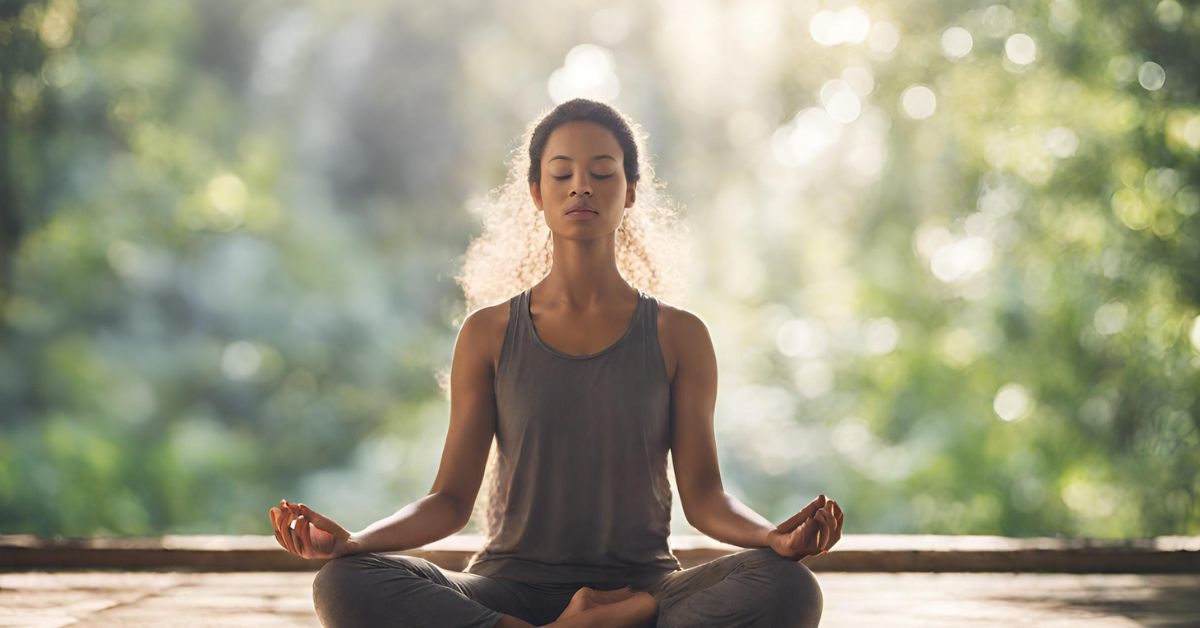What is Mindfulness Meditation?
Mindfulness meditation is a practice that can be used to focus and connect with the present moment. It can be helpful in reducing stress, anxiety, and depression. Mindfulness meditation has been found to increase gray matter in certain areas of the brain.
In this article, we will explore different mindfulness meditation techniques and their benefits.
Definition of Mindfulness Meditation

Mindfulness meditation is a form of meditation that encourages individuals to bring their attention to the present moment, without judgment or attachment to thoughts or external distractions. It involves training the mind to focus on the sensations of the breath, body, or other objects of meditation, cultivating a state of mindfulness and awareness. This practice is rooted in ancient Buddhist traditions but has gained widespread popularity in recent years due to its numerous benefits for mental and emotional well-being.
In mindfulness meditation, practitioners are instructed to acknowledge and observe their thoughts, emotions, and bodily sensations as they arise, without getting caught up in them. This non-reactive and non-judgmental approach allows individuals to develop a deeper understanding of their patterns of thinking and reacting, ultimately leading to greater clarity, calmness, and resilience in everyday life.
To start a mindfulness meditation practice, find a quiet and comfortable space where you won’t be disturbed. Sit in a relaxed but upright posture, close your eyes (or keep them partially open), and bring your attention to your breath. Notice the sensations of each inhale and exhale, feeling the breath as it enters and leaves your body. Whenever your mind wanders, gently redirect your focus back to the breath, practicing a sense of gentle and non-judgmental awareness.

Benefits of mindfulness meditation include reduced stress and anxiety, improved focus and concentration, enhanced self-awareness, increased emotional regulation, and overall psychological well-being. According to research studies, regular mindfulness meditation practice can also lead to physical health benefits such as lower blood pressure, improved sleep quality, and better immune function.
Practicing mindfulness meditation for just a few minutes each day can have a profound impact on your overall well-being. Whether you’re a beginner or an experienced meditator, incorporating mindfulness into your daily routine can help you cultivate a greater sense of presence and peace in your life.
“Mindfulness is the awareness that arises when we pay attention, on purpose, in the present moment, non-judgmentally.” – Jon Kabat-Zinn
💡 key Takeaway: Mindfulness meditation is a practice that involves bringing attention to the present moment, without judgment or attachment. It offers numerous benefits for mental, emotional, and physical well-being, and can be easily incorporated into daily life for anyone seeking to cultivate greater presence and peace.
Benefits of Mindfulness Meditation
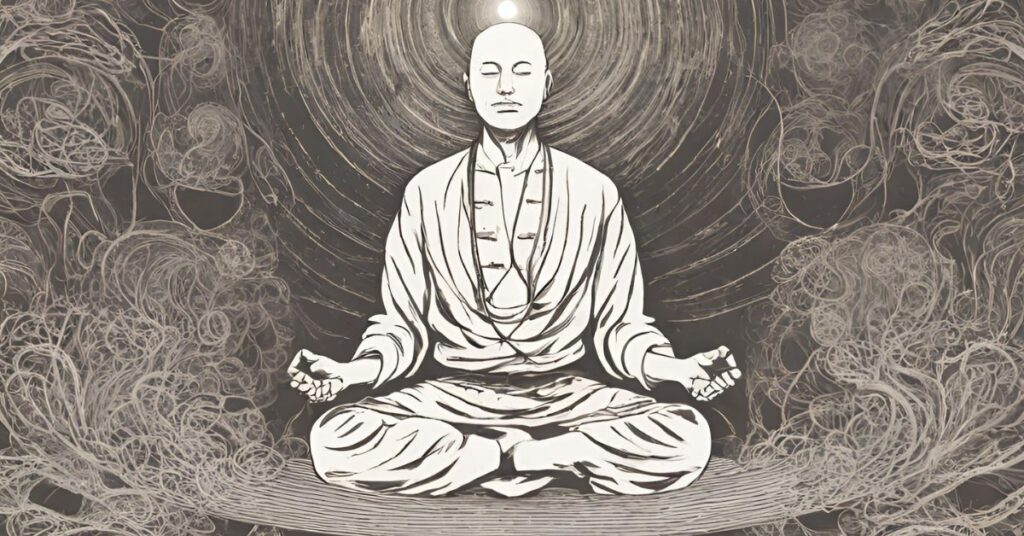
Mindfulness meditation is a powerful practice that offers a wide range of benefits for both mind and body. By cultivating present moment awareness and non-judgmental acceptance, mindfulness meditation helps individuals develop a deeper understanding of their thoughts, emotions, and physical sensations. Here are some key benefits of incorporating mindfulness meditation into your daily routine:
1. Reduced Stress and Anxiety: Mindfulness meditation allows you to observe your thoughts and emotions without getting caught up in them. This non-reactive approach helps alleviate stress and anxiety by promoting a sense of calm and relaxation.
2. Improved Focus and Concentration: As you practice mindfulness meditation, you train your mind to stay focused on the present moment. This enhances concentration and sharpens your ability to stay attentive on tasks, improving overall productivity.
3. Enhanced Emotional Well-being: Mindfulness meditation encourages a compassionate and non-judgmental attitude towards oneself and others. This leads to increased self-acceptance, improved emotional regulation, and a greater sense of overall well-being.
4. Better Sleep: Regular mindfulness meditation has been shown to improve the quality of sleep. By calming the mind and relaxing the body, it becomes easier to unwind at the end of the day and experience restful sleep.
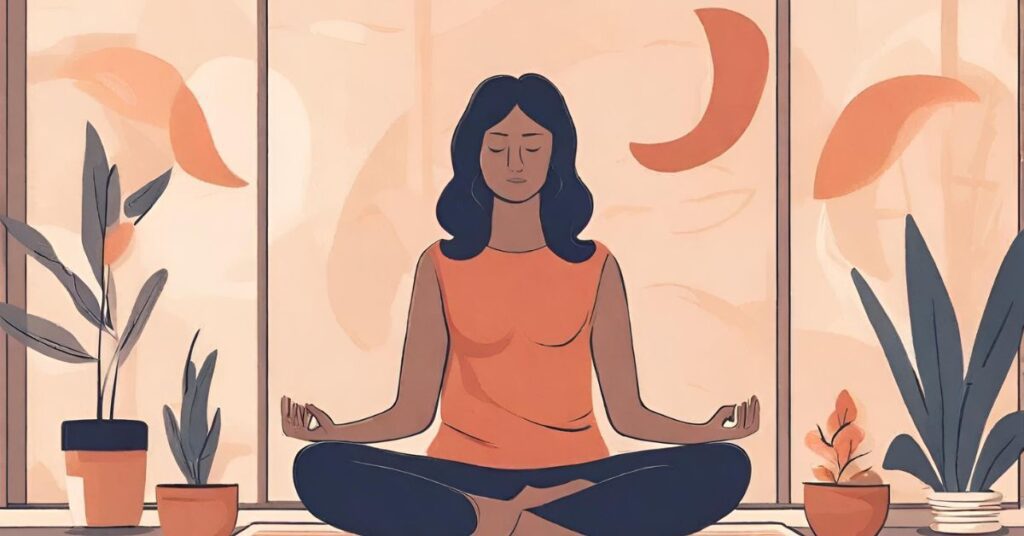
5. Reduced Physical Pain: Mindfulness meditation helps individuals develop a greater awareness of the mind-body connection. This increased awareness can lead to a reduction in chronic pain by allowing individuals to observe and release tension in the body.
6. Improved Relationship Satisfaction: Mindfulness meditation enhances empathy and compassion towards others. By cultivating a present-moment focus and non-judgmental attitude, individuals can improve their communication skills and develop deeper, more fulfilling relationships.
7. Boosted Immune Function: Research suggests that regular mindfulness meditation can enhance immune system functioning. By reducing stress and promoting relaxation, mindfulness meditation supports the body’s natural healing processes.
Quoting Jon Kabat-Zinn, a leading expert in mindfulness meditation: “Mindfulness means paying attention in a particular way: on purpose, in the present moment, and non-judgmentally.” This quote highlights the importance of mindfulness meditation as a practice that allows individuals to fully engage with the present moment and cultivate a non-judgmental mindset.
💡 key Takeaway: Incorporating mindfulness meditation into your routine can lead to reduced stress, improved focus, enhanced emotional well-being, better sleep, reduced physical pain, stronger relationships, and boosted immune function.
Mindfulness Meditation Techniques
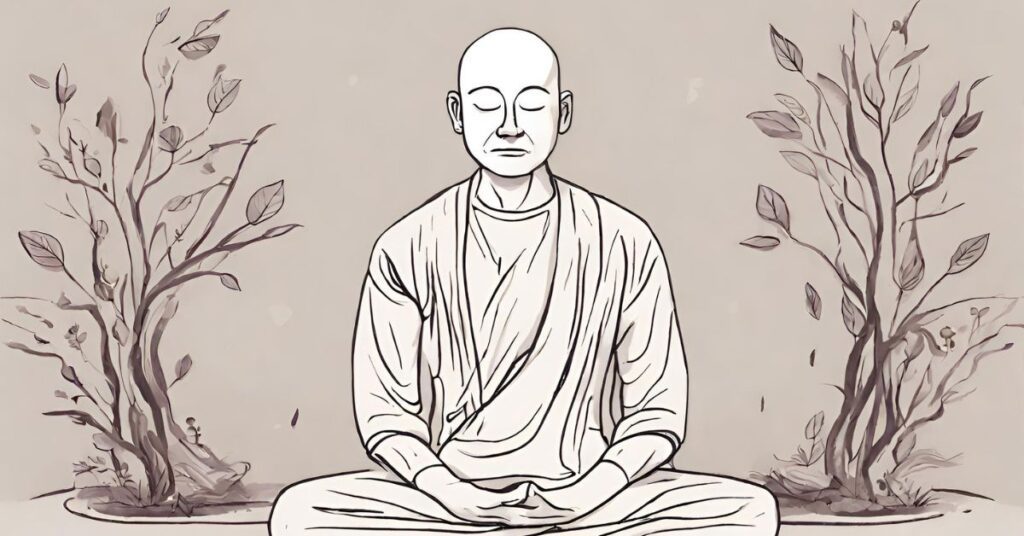
Mindfulness meditation is a powerful practice that promotes awareness, presence, and inner peace. By cultivating mindfulness, individuals can experience numerous mental, emotional, and physical benefits. Here are some popular mindfulness meditation techniques to explore:
1.Breath Awareness Meditation: This technique involves focusing your attention on the sensations of the breath as it enters and leaves your body. By observing the breath without judgment, you can anchor yourself in the present moment and cultivate a sense of calm and clarity. As Jon Kabat-Zinn said, “Mindfulness means paying attention in a particular way: on purpose, in the present moment, and non-judgmentally.”
2. Body Scan Meditation: In this technique, you systematically bring your attention to different parts of your body, starting from the top of your head and moving down to your toes. By observing physical sensations without attachment or aversion, you can develop body awareness and release tension. Mindfulness teacher, Jon Kabat-Zinn, asserts that “The little things ? practice paying attention to them. Because they are the big things.”
3. Loving-Kindness Meditation: Also known as Metta meditation, this practice involves generating feelings of love, compassion, and goodwill towards oneself and others. By repeating phrases of loving-kindness, such as “May I be happy, may you be happy,” you can cultivate a sense of interconnectedness and foster positive emotions. Sharon Salzberg emphasizes the transformative nature of loving-kindness by stating, “Loving-kindness and compassion are the basis for wise, powerful, sometimes gentle, and sometimes fierce actions that can really make a difference.”
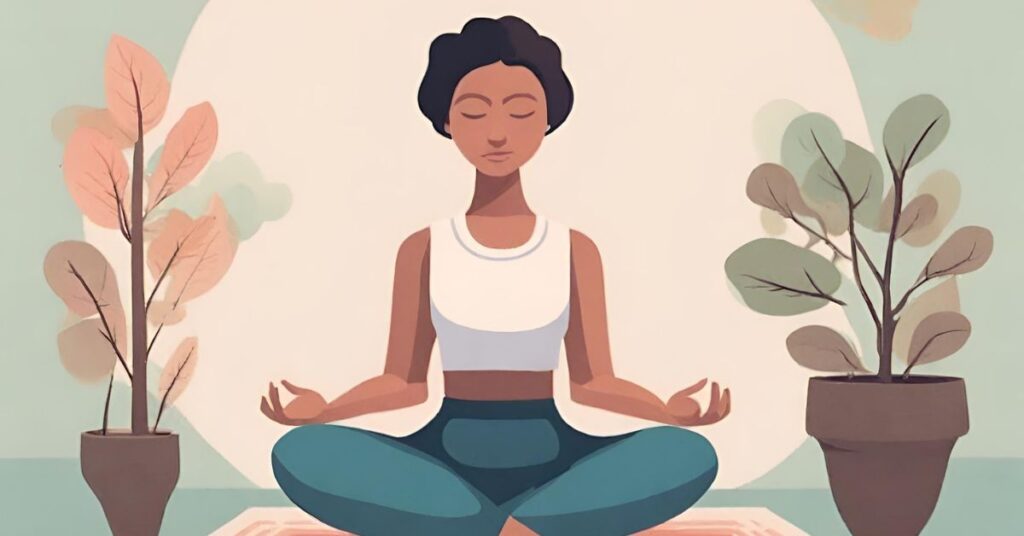
4. Walking Meditation: This technique incorporates mindfulness into the act of walking. By paying attention to the sensations of each step, the movement of the body, and the surrounding environment, you can bring mindfulness into your daily activities. Thich Nhat Hanh, a renowned Buddhist monk, reminds us to “Walk as if you are kissing the Earth with your feet.”
Incorporating these mindfulness meditation techniques into your daily routine can bring about profound changes in your well-being. Experiment with different techniques and find the ones that resonate with you the most. Remember, the power of mindfulness lies in being fully present and embracing each moment.
💡 key Takeaway: Mindfulness meditation offers a variety of techniques, such as breath awareness, body scan, loving-kindness, and walking meditation. Practicing these techniques can enhance awareness, promote relaxation, and foster a sense of interconnectedness.
How to Begin Mindfulness Meditation
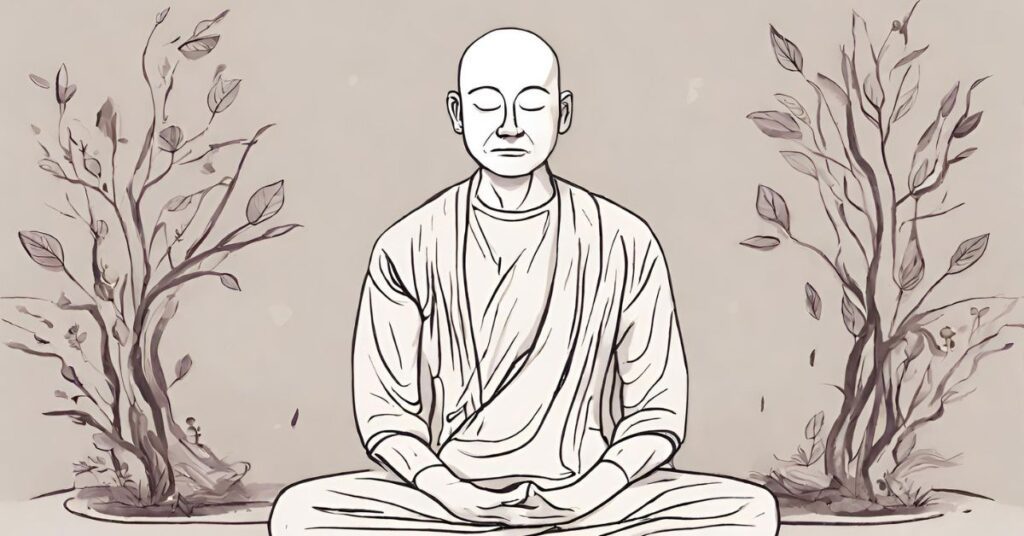
Mindfulness meditation is a practice that cultivates present moment awareness and can bring numerous benefits to your overall well-being. If you’re new to mindfulness meditation, here are some steps to help you get started:
1. Find a quiet and comfortable space: Choose a quiet area where you can sit comfortably without distractions. It could be a corner of your home, a park, or any place where you feel at ease.
2. Set aside dedicated time: Start with shorter periods, like 5-10 minutes, and gradually increase the duration as you become more familiar with the practice. Consistency is key when establishing a meditation routine.
3. Get into a comfortable posture: Sit in a relaxed position, either on a cushion or a chair, with your back straight but not stiff. You can also choose to lie down if sitting is uncomfortable for you.
4. Focus on your breath: Close your eyes and bring your attention to your breath. Observe the sensation of your breath as it enters and leaves your body. Notice the rise and fall of your chest or the sensation of your breath around your nostrils.

5. Notice your thoughts and let them go: As thoughts arise, acknowledge them without judgment, and gently shift your focus back to your breath. It’s natural for the mind to wander, so don’t be hard on yourself. Simply observe and let go.
6. Start with guided meditations: If you find it challenging to stay focused, you can use guided meditations. There are various apps and online resources that offer guided mindfulness meditation sessions to support your practice.
7. Gradually increase your practice: As you become more comfortable with mindfulness meditation, you can gradually extend your practice sessions. Some people find value in practicing both in the morning and evening, while others prefer a regular daily session.
Remember, mindfulness meditation is a skill that develops over time with consistent practice. Be patient with yourself and embrace the process of self-discovery and inner stillness.
💡 key Takeaway: Starting a mindfulness meditation practice requires finding a quiet space, setting aside dedicated time, focusing on the breath, acknowledging and letting go of thoughts, and gradually increasing the duration of your practice. Patience and consistency are key to experiencing the benefits of mindfulness meditation.
Tips for Mindfulness Meditation

Mindfulness meditation is a powerful practice that can enhance overall well-being and bring a sense of calm and clarity to your life. Here are some tips to help you make the most out of your mindfulness meditation sessions:
1. Find a quiet and comfortable space
Choose a quiet area where you can practice without distractions. Create a comfortable sitting arrangement with a cushion or chair that supports good posture.
2. Start with focused breathing
Begin your meditation by focusing on your breath. Take slow, deep breaths, and observe the sensation of each inhale and exhale. This helps to anchor your attention and bring you into the present moment.
3. Cultivate non-judgmental awareness
As thoughts, emotions, or physical sensations arise during your meditation, let them come and go without judgment. Notice them, but don’t get caught up in them. Gently redirect your focus back to your breath or chosen point of concentration.
4. Practice body scan meditation
Bring your attention to different parts of your body, from head to toe, and observe any sensations or tensions without trying to change them. This technique promotes relaxation and body awareness.
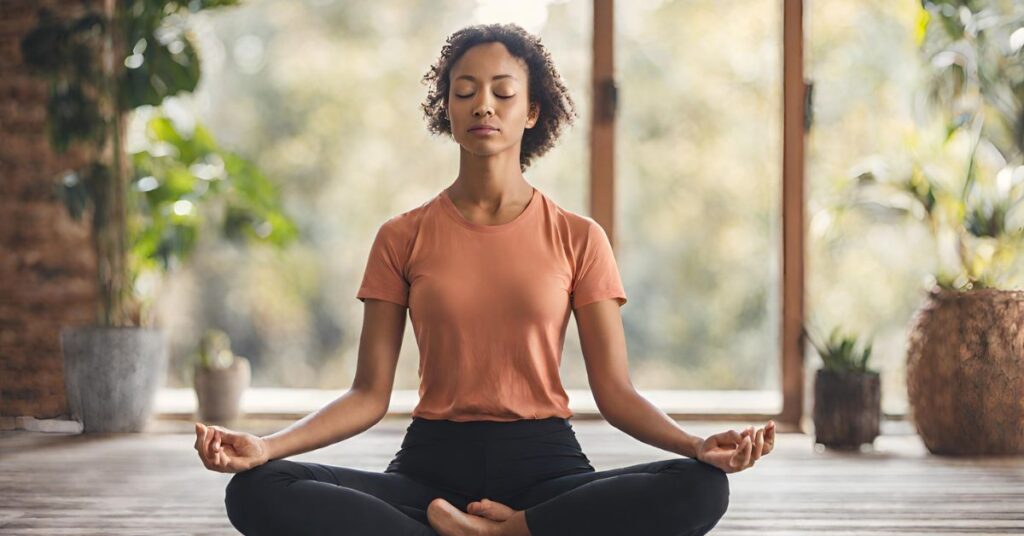
5. Use guided meditation resources
If you’re new to mindfulness meditation, utilize guided meditation resources such as apps or online recordings. These can provide step-by-step instructions and help you stay on track.
Quote: “Mindfulness meditation is not about getting rid of thoughts. It’s about learning to observe them without judgment and creating space between you and your thoughts.” – Jon Kabat-Zinn
6. Be consistent with your practice
Make mindfulness meditation a regular part of your routine. Aim for consistency rather than duration. Even short daily practices can yield long-term benefits.
7. Remain patient and compassionate with yourself
Remember that mindfulness meditation is a skill that develops over time. Be patient with yourself and approach your practice with kindness and self-compassion.
💡 key Takeaway: By following these tips, you can enhance your mindfulness meditation practice and experience the numerous benefits it offers, including reduced stress, improved focus, and increased
Notice Your Thoughts

One fundamental aspect of mindfulness meditation is the practice of noticing your thoughts. By cultivating awareness and observing the flow of thoughts without judgment, you can develop a deeper understanding of your mind and gain control over your reactions. Here are some techniques to help you notice your thoughts during meditation:
1. Focus on your breath: Begin by bringing your attention to your breath. Notice the sensation of the breath entering and leaving your body without trying to control it. As thoughts arise, acknowledge them without getting caught up in their content. Simply label them as “thinking” and gently return your focus to the breath.
2. Use a mantra: Another helpful technique is to use a mantra or a word that you can repeat silently in your mind. As thoughts emerge, softly repeat the mantra to yourself and guide your attention back to it whenever you get carried away by the stream of thoughts.
3. Object of attention: Choose a specific object, such as a visual image or a sound, to anchor your attention. Whenever your mind drifts away, bring it back to the object and observe any thoughts that arise with curiosity and non-judgment.

Remember, the goal is not to suppress your thoughts, but rather to cultivate the ability to observe them without getting entangled in their narrative. This practice can help you develop a sense of detachment and witness your thoughts with clarity.
“Mindfulness meditation allows us to observe our thoughts as passing clouds, without grasping onto them.” – Unknown
💡 key Takeaway: By noticing your thoughts during meditation, you can cultivate awareness and develop a sense of detachment from them, allowing you to observe them without judgment.
Keep a Journal

Keeping a journal is a valuable practice that complements mindfulness meditation techniques. By writing down your thoughts, emotions, and experiences, you create a space for self-reflection and introspection. Here are some benefits of incorporating journaling into your mindfulness practice:
1. Emotional Processing: Writing in a journal allows you to process and release emotions in a safe and non-judgmental space. By acknowledging and expressing your feelings, you cultivate self-awareness and emotional resilience.
2. Self-Discovery: Journaling helps you gain insight into yourself and your patterns of thinking and behavior. As you reflect on your experiences, you may uncover recurring themes or triggers, leading to personal growth and development.
3. Gratitude Cultivation: One powerful journaling technique is gratitude writing. By regularly noting down things you are grateful for, you train your mind to focus on the positive aspects of your life. This practice fosters a sense of appreciation and contentment.

4. Problem Solving: Writing down challenges or dilemmas can help clarify your thoughts and organize your ideas. This process can assist you in finding creative solutions and making more informed decisions.
5. Tracking Progress: Maintaining a journal allows you to track your progress in mindfulness meditation and observe any changes in your mental well-being over time. This can provide motivation and encouragement on your mindfulness journey.
Quote: “Journaling is the map we use to navigate the territory of our soul.” – Christina Baldwin
By incorporating journaling into your mindfulness practice, you enhance your self-exploration, emotional well-being, and personal growth. It provides a valuable outlet for reflection and perspective, complementing the benefits of mindfulness meditation.
💡 key Takeaway: Journaling is a powerful tool that can enhance your mindfulness practice by promoting emotional processing, self-discovery, gratitude cultivation, problem-solving, and progress tracking.
Resources for Mindfulness Meditation

When it comes to mindfulness meditation, there are a plethora of resources available to help you deepen your practice and experience its many benefits. These resources offer guidance, techniques, and insights to assist both beginners and seasoned practitioners. Here are some valuable resources to explore:
Meditation Apps
Headspace: A popular app that provides guided meditations and mindfulness exercises suitable for beginners and advanced meditators alike.
Calm: Known for its soothing nature sounds and guided sessions, Calm is ideal for those seeking relaxation and stress reduction.
Insight Timer: Offering thousands of guided meditations from experienced teachers worldwide, Insight Timer allows you to customize your practice based on your preferences.
Online Courses
“Learn mindfulness meditation at your own pace with online courses that provide detailed instructions and personal guidance.”

Mindfulness Magazine
MBSR Online – Mindfulness-Based Stress Reduction: Developed by Jon Kabat-Zinn, this course is designed to cultivate mindfulness through various meditation practices.
UCLA Mindful Awareness Research Center: Provides online classes and workshops to help individuals develop mindfulness skills and techniques.
Books
For those who prefer to deepen their understanding through reading, there are several highly recommended books on mindfulness meditation:
“The Power of Now” by Eckhart Tolle
“Wherever You Go, There You Are” by Jon Kabat-Zinn
Conclusion
Meditation has been practiced for centuries for a variety of reasons, including reducing stress, improving focus and concentration, and reducing anxiety. meditation can be done sitting or standing, in a quiet or noisy environment, and with or without music. The benefits of mindfulness meditation techniques are numerous and include reducing stress, improving focus and concentration, and reducing anxiety.
Mindfulness meditation can be done sitting or standing, in a quiet or noisy environment, and with or without music. There are many different mindfulness meditation techniques, and each has its own benefits. I hope you find this post helpful, and please let me know if you have any questions.
